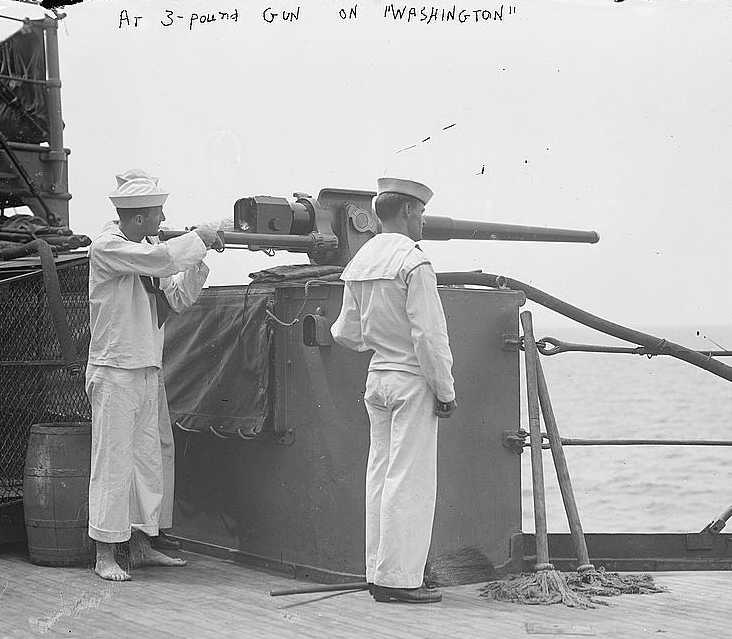
These guns were were all purchased from abroad during the late 1800s. Hotchkiss weapons were crank-operated, five-barrel revolver-style rotating guns, externally somewhat similar to a Gatling gun but having a different ammunition feed system. The other guns were conventional single barrel types.
Mark 1 was the original Hotchkiss-built 3-pdr rapid firing gun. Mark 1 Mod 1 was a longer gun built in France. The Mark 2 was the Driggs-Schroeder Mark 1. The Mark 3 was similar but lacked trunnions. Mark 4 was originally the Hotchkiss semi-automatic Gun Mark 4. Mark 5 was the Maxim-Nordenfeldt semiautomatic Gun Mark I and used a rotating and sliding breech block. Mark 6 was the Maxim-Nordenfeldt semi-automatic Mark 2. Mark 7 was the Vickers and Sons and Maxim semi-automatic Gun Mark 3. Mark 8 was a Hotchkiss-Armstrong gun similar to the Mark 1. Mark 9 was the Nordenfeldt Gun Mark 1, with a rotating and sliding breech-block. Marks 10 and 11 were Hotchkiss guns very similar to to the Mark 4. Mark 12 was the Maxim rapid-fire gun Mark M with a rotating and sliding breech-block. Only two Mark 12 guns were purchased and they were later withdrawn from service.
These guns were all too small to be effective against torpedo carrying craft and were mostly withdrawn from active service before World War I. During that war they were brought back into service to arm small patrol boats, a role that a few of them continued into World War II.
The data below is for the 40 caliber Hotchkiss weapons unless otherwise stated.
| Designation |
|
|---|---|
| Ship Class Used On | Many |
| Date Of Design | about 1885 |
| Date In Service | 1886 |
| Gun Weight | 528 lbs. (240 kg) |
| Gun Length oa | 98.9 in (2.512 m) |
| Bore Length | 74.1 in (1.881 m) |
| Rifling Length | N/A |
| Grooves | 20 |
| Lands | N/A |
| Twist | Mark 11: RH 1 in 25 Others: N/A |
| Chamber Volume | Mark 1: 45.8 in3 (0.751 dm3) Mark 7: 47 in3 (0.771 dm3) Mark 8: 43 in3 (0.705 dm3) |
| Rate Of Fire | Five barrel guns: 60 rounds per minute design, 30 rounds per minute practical 1 Single barrel guns: about 20 to 25 rounds per minute |
- ^As the feed lips on the rotary guns only held a few rounds and rounds were fed into them individually, it proved impossible for the loaders to keep up with the firing rate, hence the low practical rate of fire.
| Type | Fixed |
|---|---|
| Weight of Complete Round | Common Mark 4 Mod 1 - 6.7 lbs. (3 kg) |
| Projectile Types and Weights | Common Mark 4 Mod 1 - 3.3 lbs. (1.5 kg) |
| Bursting Charge | 0.13 lbs. (0.06 kg) 1a |
| Projectile Length | 6.681 in (17.0 cm) Complete Round: 21.4 in (54.2 cm) |
| Cartridge Case Type, Size and Empty Weight | 50 caliber guns - Mark 1: Brass, 47 x 377 mm, 1.65 lbs. (0.75 kg) |
| Propellant Charge | 40 caliber guns: 0.47 lbs. (0.21 kg) 50 caliber guns: 0.661 lbs. (0.30 kg) |
| Muzzle Velocity | 40 caliber guns: 2,026 fps (618 mps) 45 caliber guns: 2,119 fps (646 mps) 50 caliber guns: 2,200 fps (671 mps) |
| Working Pressure | N/A |
| Approximate Barrel Life | N/A |
| Ammunition stowage per gun | N/A |
Bourrelet diameter was 1.845 inches (4.69 cm).
- ^Some Common rounds used a burster of Black Powder while others used a mixture of Black Powder and TNT.
| Elevation | Distance |
|---|---|
| 12 degrees | 5,600 yards (5,121 m) |
| 20.7 degrees | 6,500 yards (5,944 m) |
| AA Ceiling @ 80 degrees | 15,000 feet (4,572 m) |
| Elevation | Distance |
|---|---|
| 20 degrees | 6,800 yards (6,220 m) |
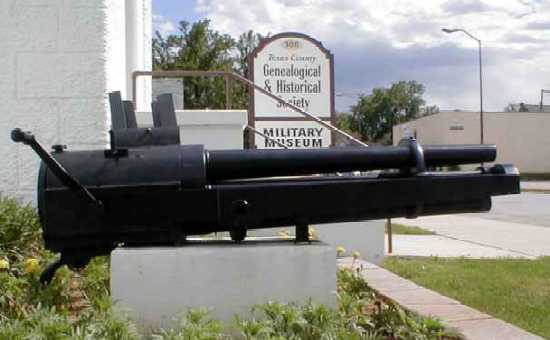
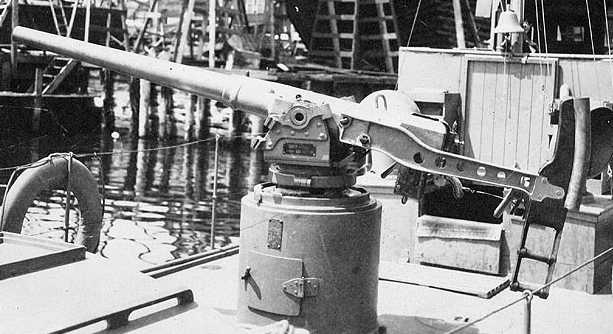
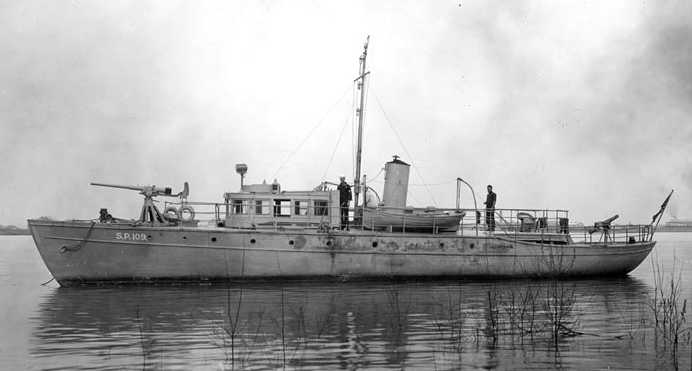
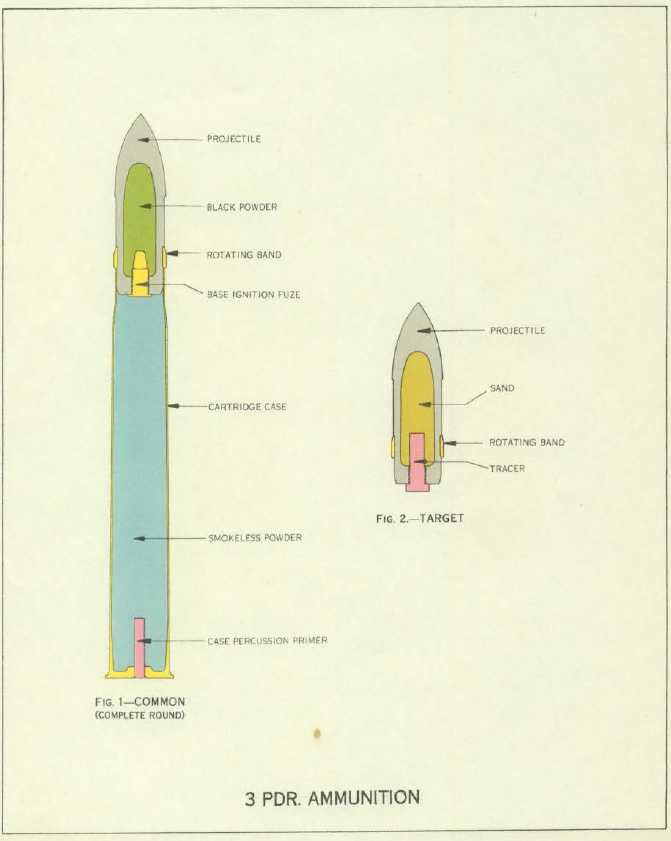
Data from:
- "Naval Weapons of World War Two" by John Campbell
- "US Naval Weapons" by Norman Friedman
- "A Treatise on Rifling of Guns" by Carl F. Jeansén
Other:
- "Ammunition: Instructions for the Naval Service: Ordnance Pamphlet 4 - May 1943" by Department of the Navy
- "U.S. Explosive Ordnance: Ordnance Pamphlet 1664 - May 1947" by Department of the Navy
Websites:
Special help from Leo Fischer
- 26 December 2008
- Benchmark
- 14 January 2011
- Added data reference
